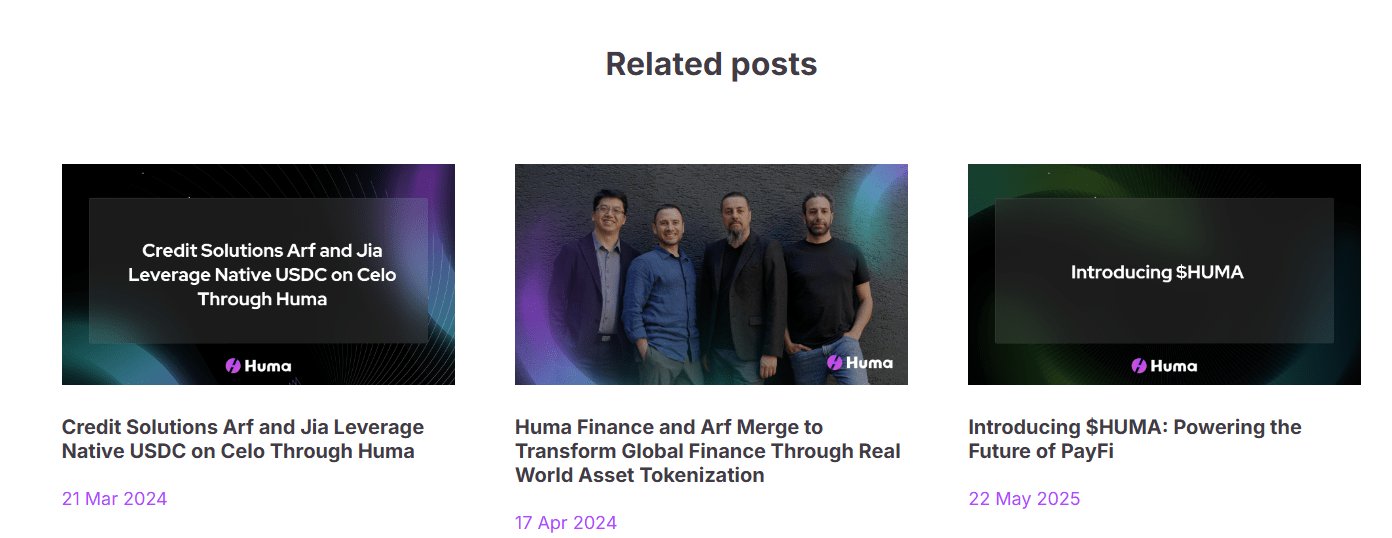
On the growth path of Web3, the stable demand for payment financing is like a forest waiting to be illuminated, awaiting the guardianship and nourishment of technology. Huma Finance quietly rises, using its PayFi network as a beacon, illuminating a fortress of yield guardianship and opening a new sky of payment finance for the Web3 world. Let us step into Huma Finance together and feel how it nurtures the future of finance through innovation and community.
The beacon of Huma Finance begins with its six-layer PayFi Stack, supporting payment financing for 22 countries and regions worldwide by August 2025. The Transaction Layer relies on Solana and Stellar, with an optimization in July 2025 that increased transaction throughput to 70,000 transactions per second, handling 550 million transactions. The Currency Layer introduces USDC and PYUSD, and an upgrade in June 2025 supported dynamic exchange rate adjustments, with a TVL close to 360 million USD.
The Custody Layer collaborates with Ledger to achieve multi-party control custody by August 2025, covering 180,000 enterprise users. The Compliance Layer integrates PolyFlow, launching in Japan in July 2025, processing 800,000 compliance verifications. The Financing Layer tokenized BlackRock's BUIDL, providing an annualized yield of 5.2% in June 2025, with DeFi strategies yielding up to 17%. The Application Layer supports Rain cards and DePHY's DePIN, with trading volume surpassing 35 million transactions in August 2025.
The vastness of the new sky lies in the fusion of its community and institutions. Huma 2.0 launched a permissionless model in April 2025, attracting 80,000 users. The Avalanche integration in July 2025 supported cross-chain interoperability, with trading volume reaching 65 million transactions. Huma Pools connected Arf and Jia, with the Jia pool providing a 14% annualized yield for emerging markets in June 2025. The 'PayFi X' event in August 2025 attracted 120,000 listeners through X Spaces, showcasing the vitality of its community. In July 2025, a partnership with Circle optimized USDC liquidity and reduced transaction costs by 30%.
However, the path of guardianship is not smooth; the decoupling risk of RWA relies on insurance funds, and the high complexity of the Compliance Layer may affect small businesses. Data from July 2025 indicates that 10% of users exited due to compliance issues. In the future, if Huma Finance enhances its insurance mechanisms and simplifies compliance processes, its beacon may illuminate a brand new realm for the PayFi ecosystem. This beacon has nurtured a financial sky for Web3. Each act of guardianship is a nourishment of payment potential, and we look forward to its prosperous future together.



